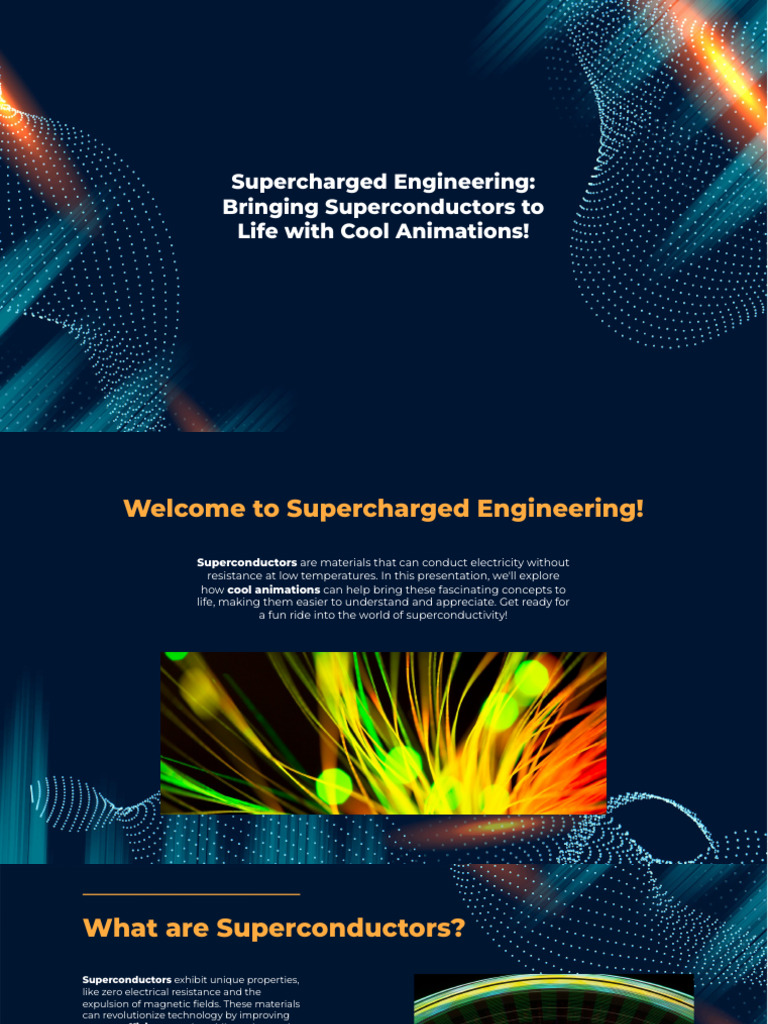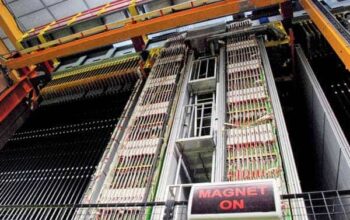The realm of superconductivity has long captivated the scientific community and beyond, yet it remains shrouded in a veneer of complexity and esoteric terminology. Recent advances have reignited interest and innovation, propelling superconductors into the limelight of both academic and industrial paradigms. These materials, which exhibit the extraordinary capability of conducting electricity without resistance at critical temperatures, have prompted profound implications across a multitude of fields, from quantum computing to energy transmission. In this article, we delve into the recent breakthroughs in superconductivity, the underlying physics, and the potential ramifications for technology and society at large.
To comprehend the excitement surrounding superconductors, one must first grasp their fundamental mechanics. The phenomenon of superconductivity emerges at low temperatures, where certain materials exhibit zero electrical resistance and expel magnetic fields, a property known as the Meissner effect. This transformative state arises due to the formation of Cooper pairs—entangled pairs of electrons that condense into a collective ground state, leading to macroscopic quantum effects. Consequently, the implications of this behavior are staggering; imagine electrical grids devoid of energy losses, high-speed levitating trains, and robust quantum computers operating at unprecedented efficiencies.
Historically, conventional superconductors, primarily elemental metals and simple alloys, required cooling to cryogenic temperatures, often below 20 Kelvin. The quest for higher-temperature superconductors has achieved milestones with the discovery of cuprates in the 1980s, which operate above the liquid nitrogen boiling point of 77 Kelvin. Recent investigations have unveiled iron-based superconductors and even room-temperature superconductivity under extreme pressures. These breakthroughs compel us to reconsider the boundaries of material science and challenge our comprehension of quantum mechanics.
The quest for room-temperature superconductivity is particularly transformative. In 2020, researchers reported superconductivity at approximately 15 degrees Celsius in a hydrogen sulfide compound, albeit under pressures exceeding 267 gigapascals. While this presents a formidable challenge, it also unlocks the tantalizing possibility of practical superconductors that operate under ambient conditions. Such a paradigm shift would revolutionize a myriad of applications, rendering current electrical systems more efficient, eliminating energy loss, and catalyzing advancements in fields ranging from medical imaging to transportation.
Moreover, the intersection of superconductivity and quantum computing warrants particular attention. Superconducting qubits are pivotal in the development of quantum computers, leveraging their unique properties to facilitate computations far beyond the capabilities of classical systems. The coherence time—the duration over which a qubit retains its quantum state—is significantly enhanced in superconducting systems. Nevertheless, inherent challenges persist, including the need for extensive cryogenic environments to maintain superconductivity. A breakthrough in room-temperature superconductivity could ultimately yield qubits that operate at higher temperatures, rendering quantum computation more feasible and accessible.
Innovation within the domain of superconductors extends beyond mere technological advancements; it encompasses the exploration of novel materials and synthesis techniques. The discovery of new compounds, particularly those incorporating elements from the periodic table in unexpected combinations, has ushered in a renaissance of material science. Researchers are employing advanced computational methods such as density functional theory (DFT) to predict the superconducting properties of new compounds before they are synthesized in the lab. This synergistic approach of theoretical prediction and experimental validation not only accelerates the pace of discovery but also enhances our understanding of the underlying physics that govern superconductivity.
The implications of superconductivity extend into societal impacts as well. Robust superconducting technologies have the potential to facilitate a transition to renewable energy sources, mitigate climate change, and invigorate the global economy. For example, superconducting transmission lines could transport electricity over long distances with virtually no loss, thereby increasing the viability of solar and wind energy harvested in remote locations. Such advancements promise to fortify energy infrastructure and empower remote and developing regions with efficient energy access.
Furthermore, the advent of superconducting technologies could catalyze high-speed magnetic levitation transit systems, reducing travel time and emissions in urban environments. These innovations align with a broader societal push towards sustainability, necessitating a reevaluation of existing transportation methodologies and energy paradigms.
However, the road to integrating superconductors into everyday applications is fraught with challenges. The materials’ inherent fragility under certain conditions, potential costs associated with production, and the need for extensive research into their long-term stability demand thorough investigation. Collaboration among physicists, materials scientists, and industry stakeholders is crucial to streamline the transition from theoretical research to practical deployment. Furthermore, addressing the environmental impacts of the materials used and manufacturing processes will be paramount.
In conclusion, the epoch of superconductors heralds an exhilarating chapter in scientific inquiry and technological advancement. From the pursuit of room-temperature superconductivity to the realization of quantum computing’s potential, these materials compel us to view the world through a new lens. The transformative potential embedded within these developments not only captivates the imagination but also holds the promise for a future characterized by efficiency, sustainability, and revolutionary technological capabilities. As research continues to unlock the myriad secrets of superconductivity, one can only anticipate the groundbreaking innovations that lie ahead, reshaping our physical world and its intricate systems.










